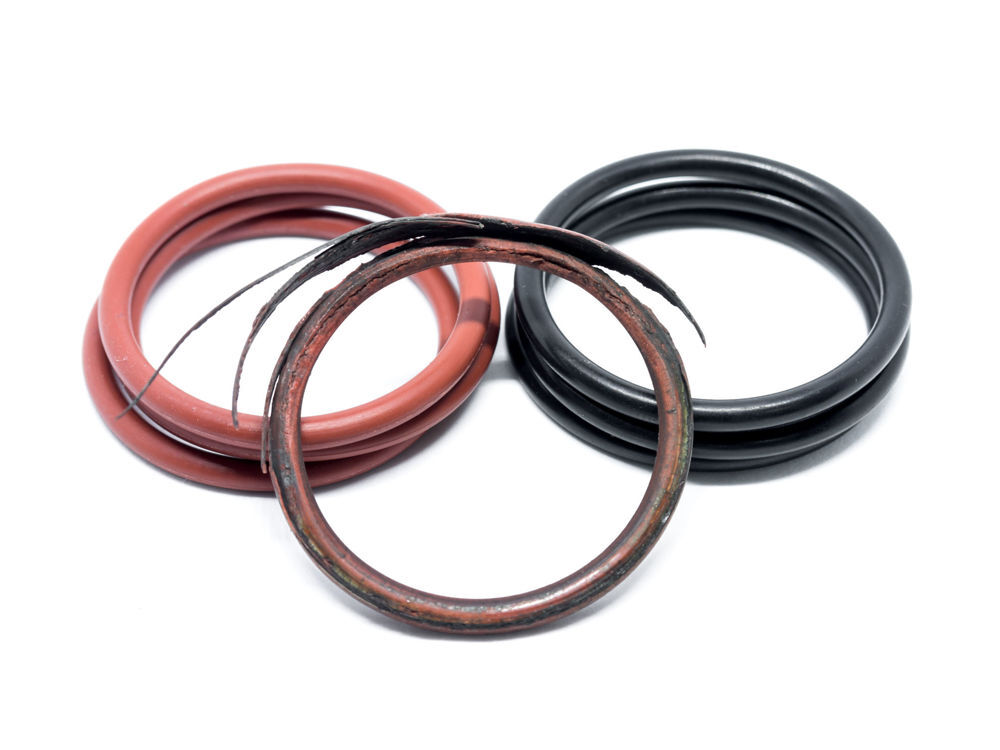Menu
Close Menu
If you recently replaced an o-ring that you think should have had plenty of life left, you are not alone. There are many reasons that o-rings fail before their typical life span. Knowing these common causes of failure can help you avoid pitfalls so your o-rings perform as expected.

Installing an o-ring is generally simple, but the damage that occurs during installation will impact the overall performance of the product. When installing an o-ring it is essential to break down or cover all sharp edges, threads, or tubes at the time of installation. The use of proper lubrication is essential, as well.
Installation damage is often caused by:
Sharp edges or threads
An o-ring ID that is too large on the piston or too small on the rod
Twisting or pinching the o-ring during installation
Low tear-resistant material
Covering all sharp edges and threads and ensuring the o-ring is the proper size can help to avoid cuts, notches, or a peeled surface that leads to early failure.
Extrusion and nibbling are common causes of o-ring failure and are most often seen in high-pressure systems. You can identify this issue as it appears as small bites taken from the o-ring on the low-pressure side. Common causes of this issue include:
Excessive clearances or system pressure
Improper machining of the gland with sharp edges
The o-ring is too large for the gland
Degradation by the system fluid
Improper material selection
To avoid extrusion and nibbling take care to choose the right size o-ring in addition to a material that is compatible with system fluids and pressures.
Heat hardening and oxidation can occur in dynamic and static o-ring seals. These issues often appear as pits or cracks in the o-ring. The common causes of this type of failure include:
A temperature that is too high or too low for the o-ring material
Cracking of oxidation
Evaporation of plasticizers
To avoid this type of failure, it’s important to select materials that are compatible with the operating temperature of the system.
Excessive swell is quite easy to identify as it will appear as an increase in seal dimensions. Issues with swell are more common in dynamic seals. There are a few common reasons that excessive swell can occur, including:
Chemical incompatibility
High levels of humidity in the operating environment
Incompatible sealing material
In most instances, you can avoid excessive swell by ensuring that the o-ring material is compatible with system fluids.
When you buy from APG you can be sure that you are purchasing high-quality o-rings that are made to last. Additionally, we can assist you with choosing the right material for your application, ensuring heat and fluid compatibility. Ready to shop? We offer a full range of standard needs and offer custom ordering solutions, as well. Shop now or contact us today for more information on custom orders! We look forward to exceeding your expectations.
For additional product information or if you want to receive updates as to when new products are released, please fill out the information below: